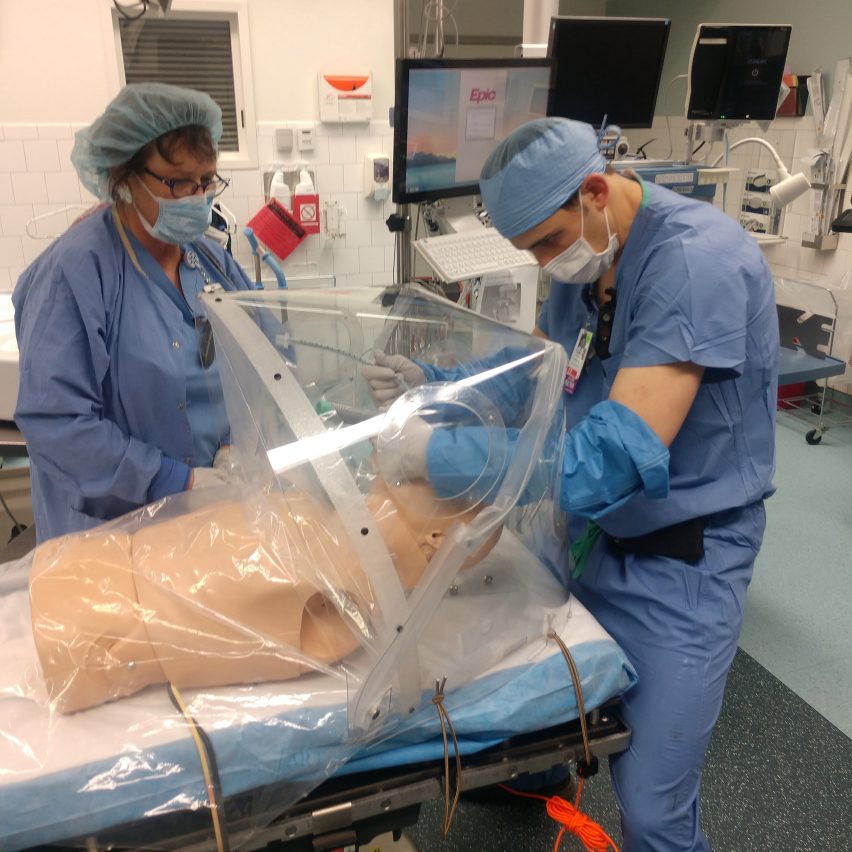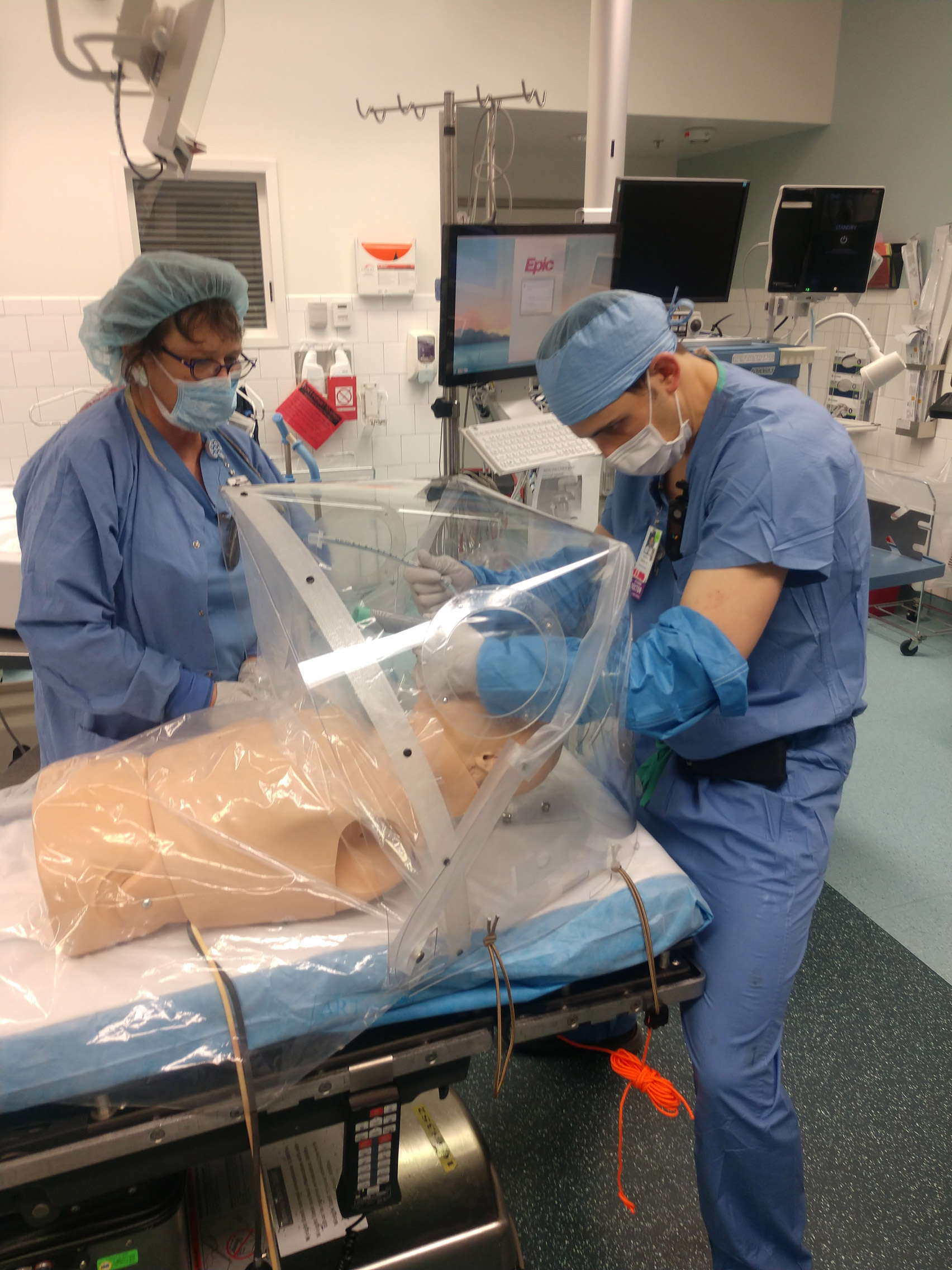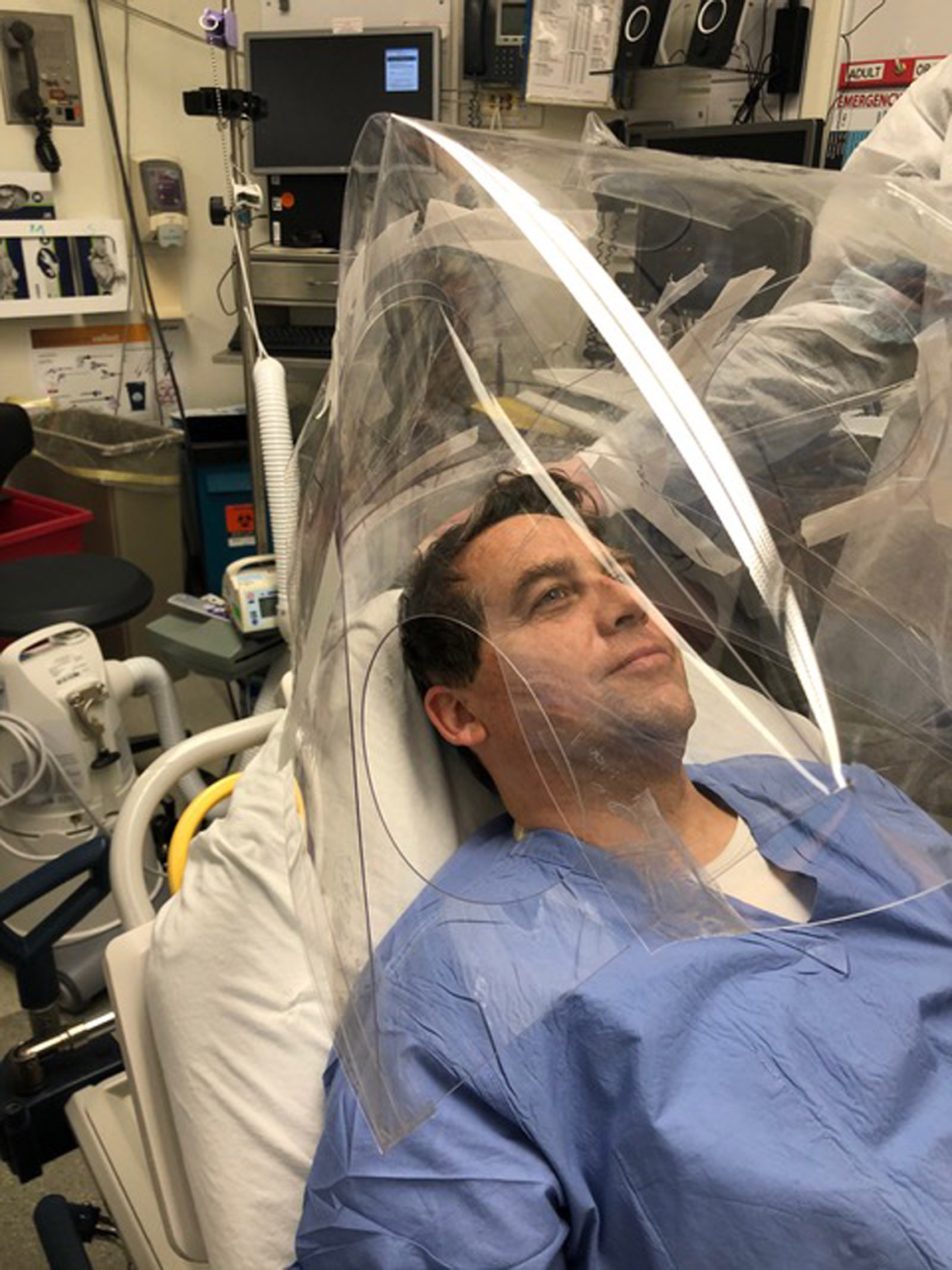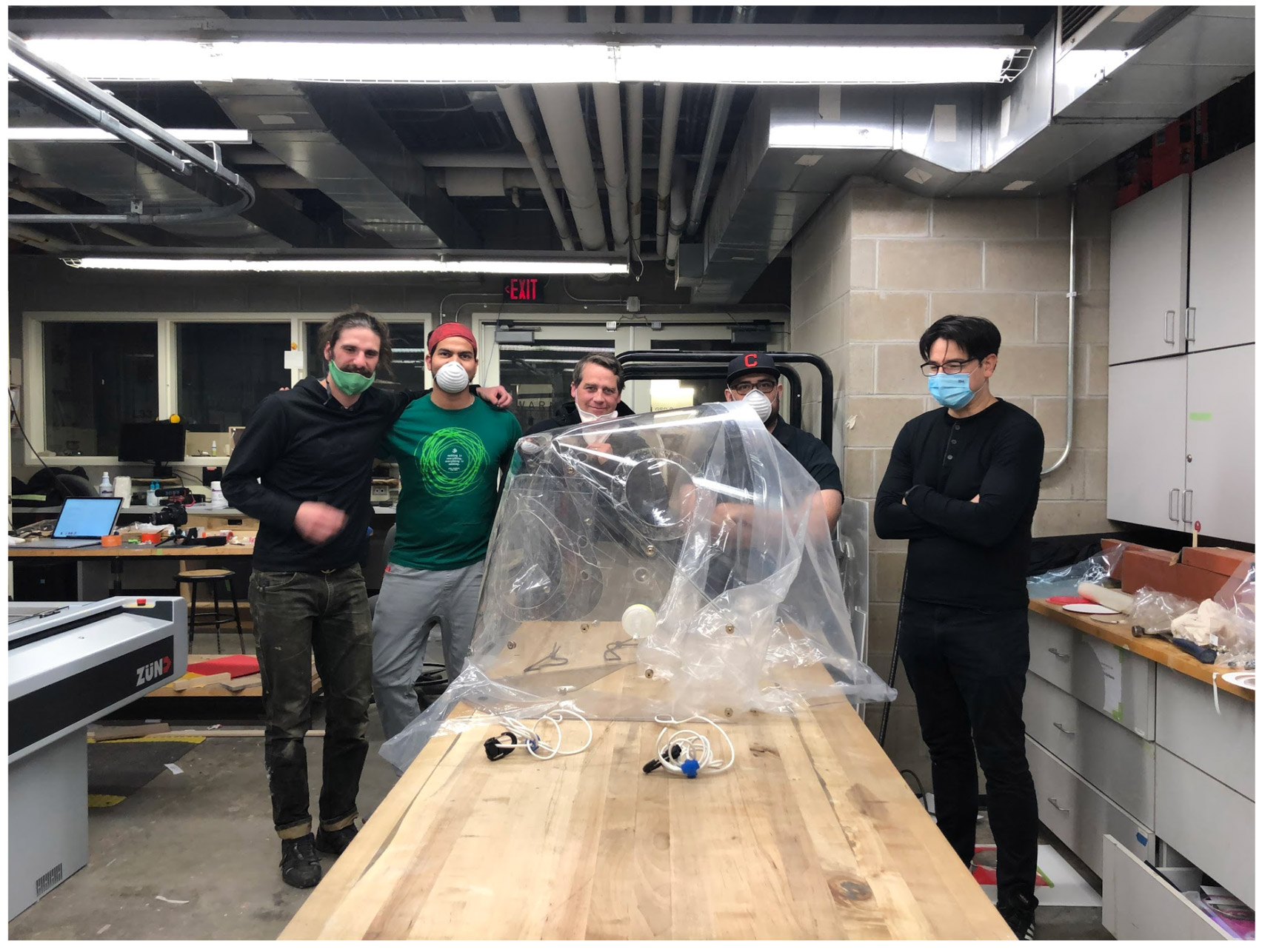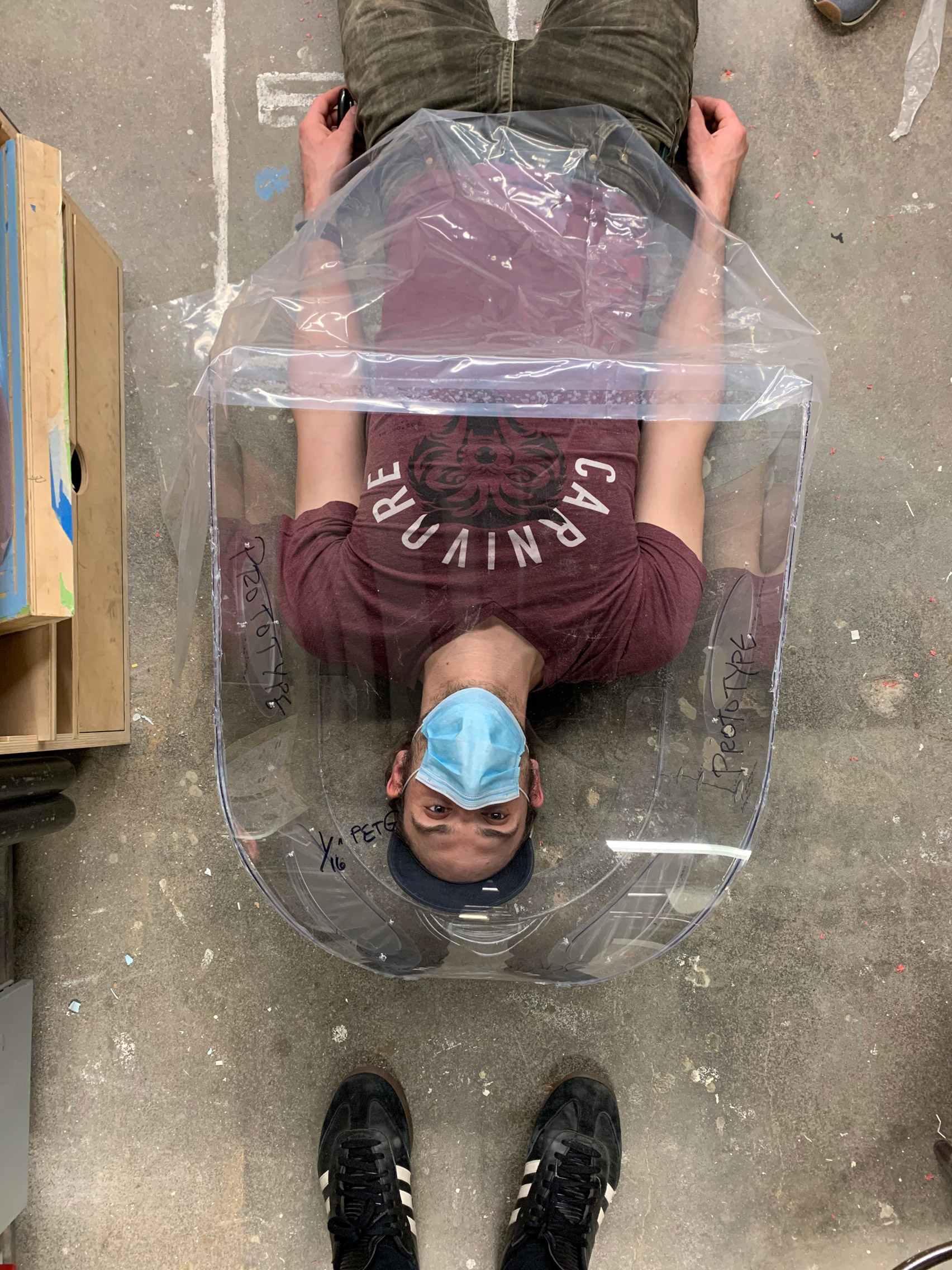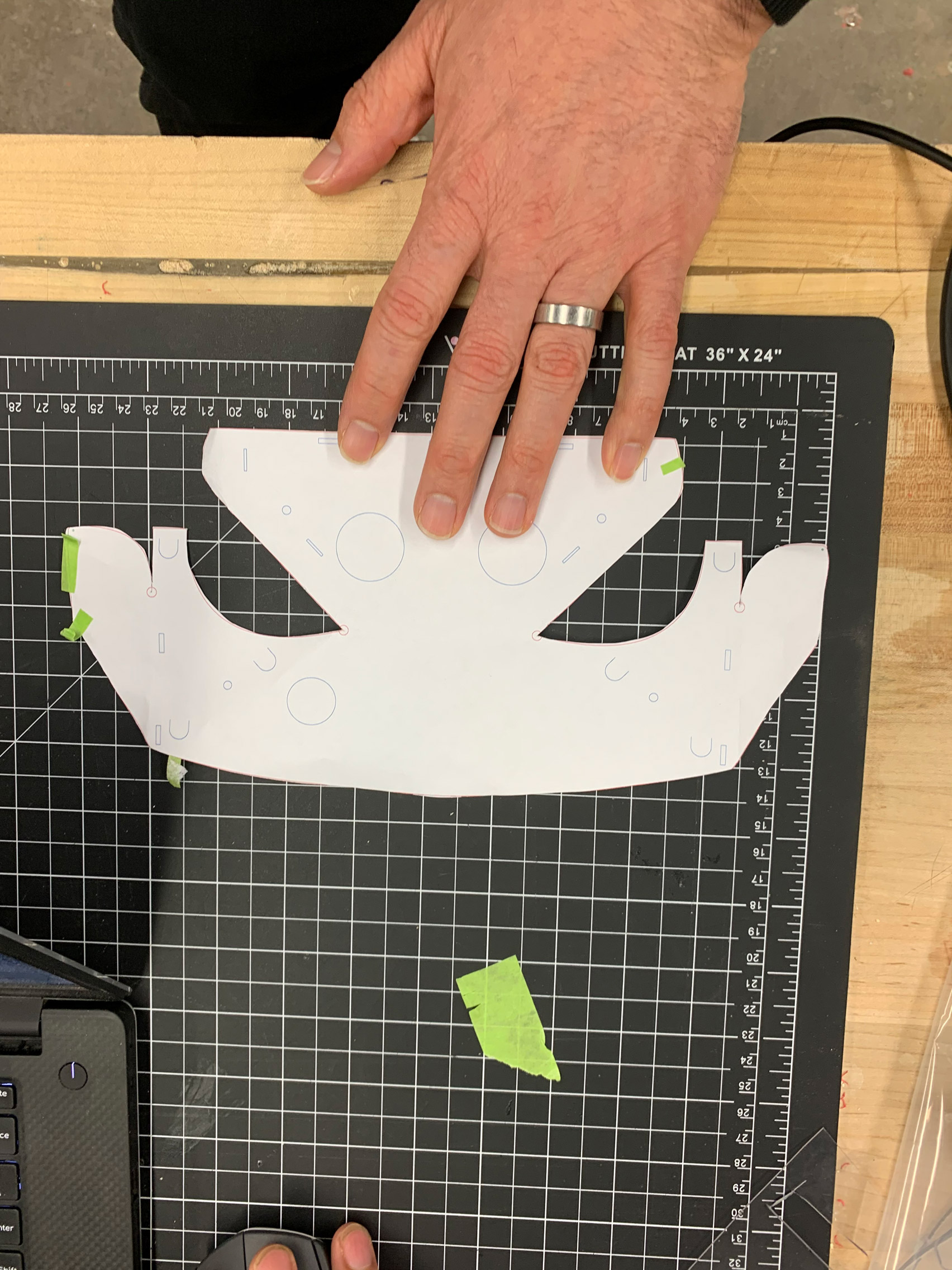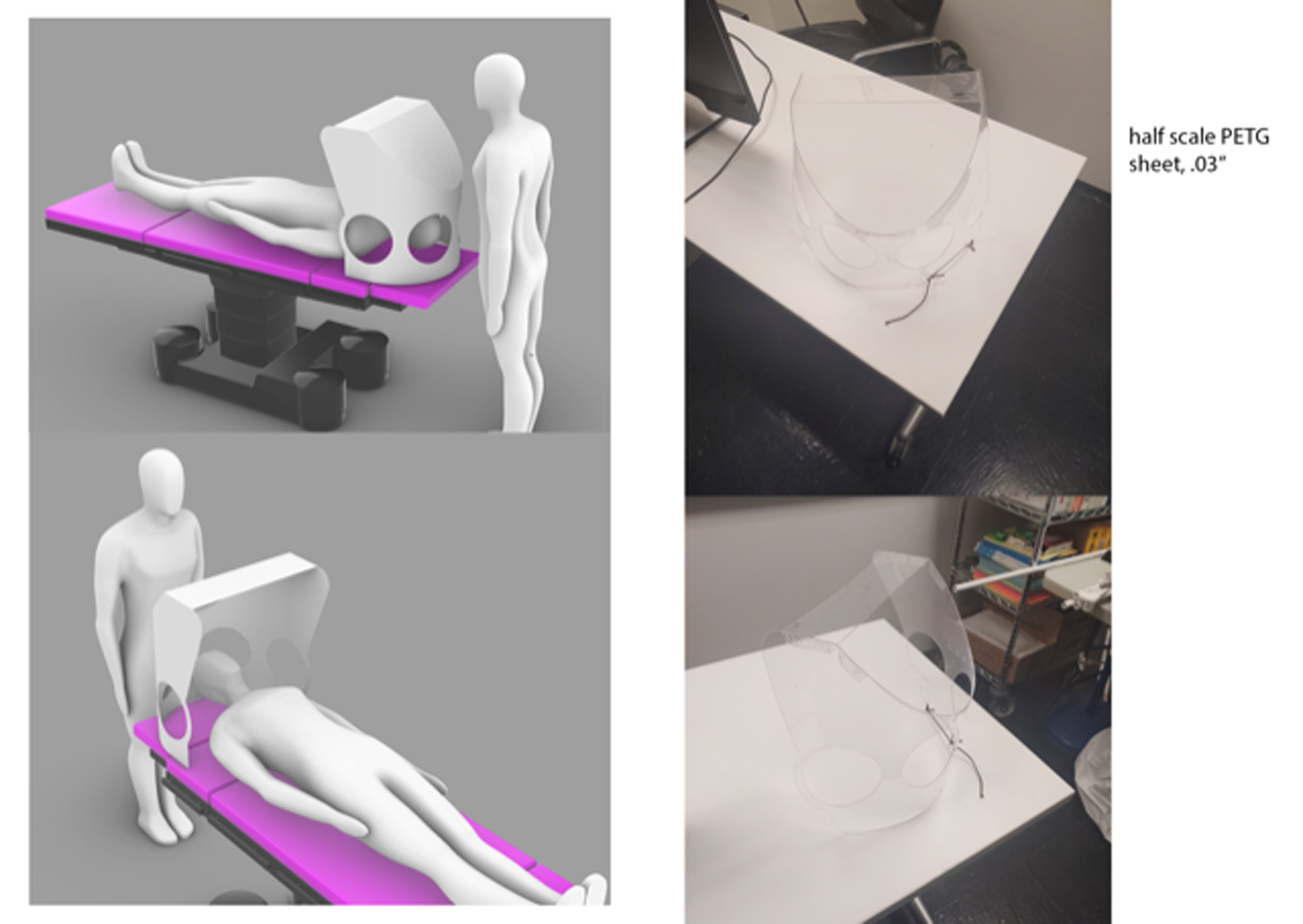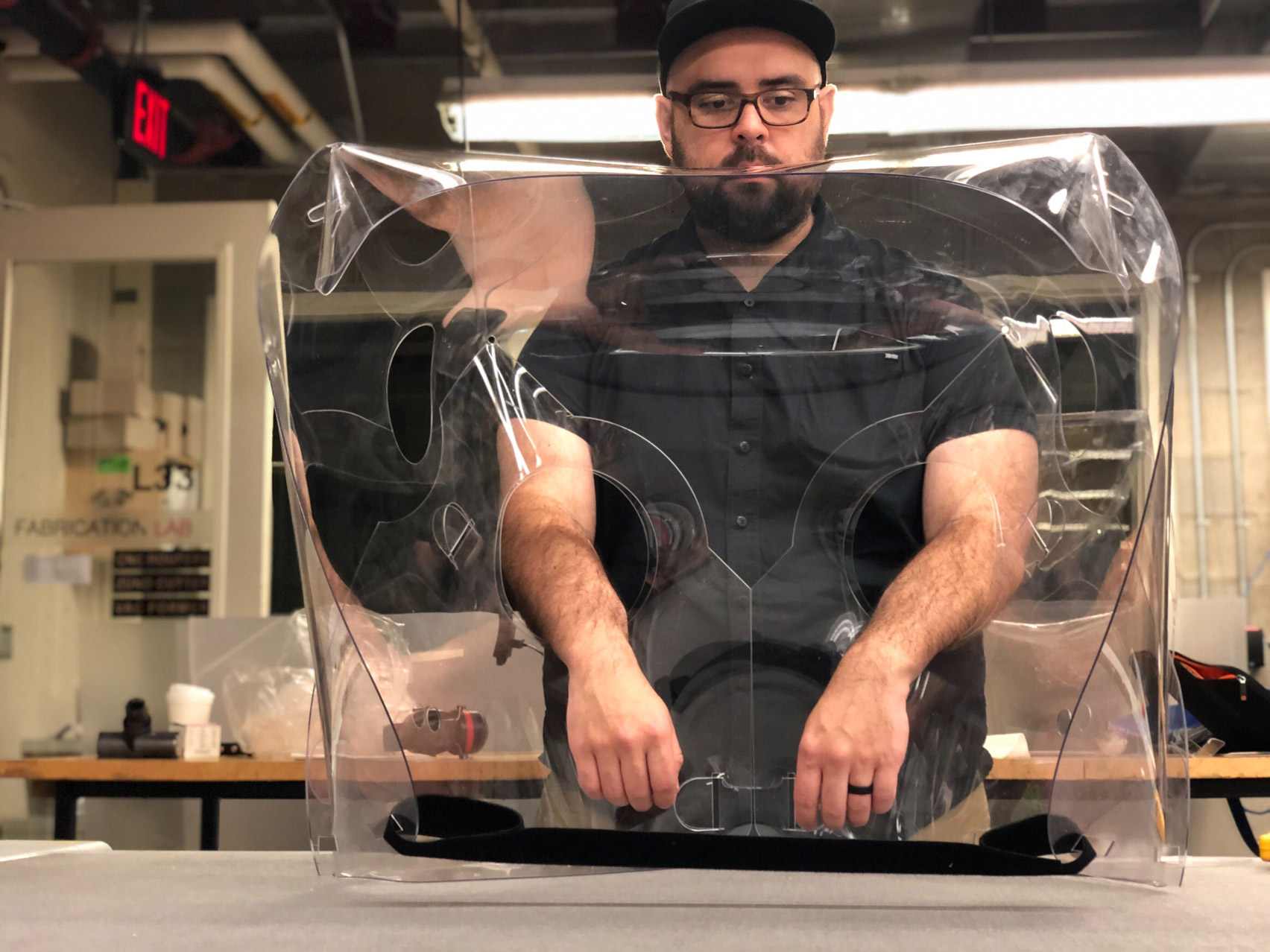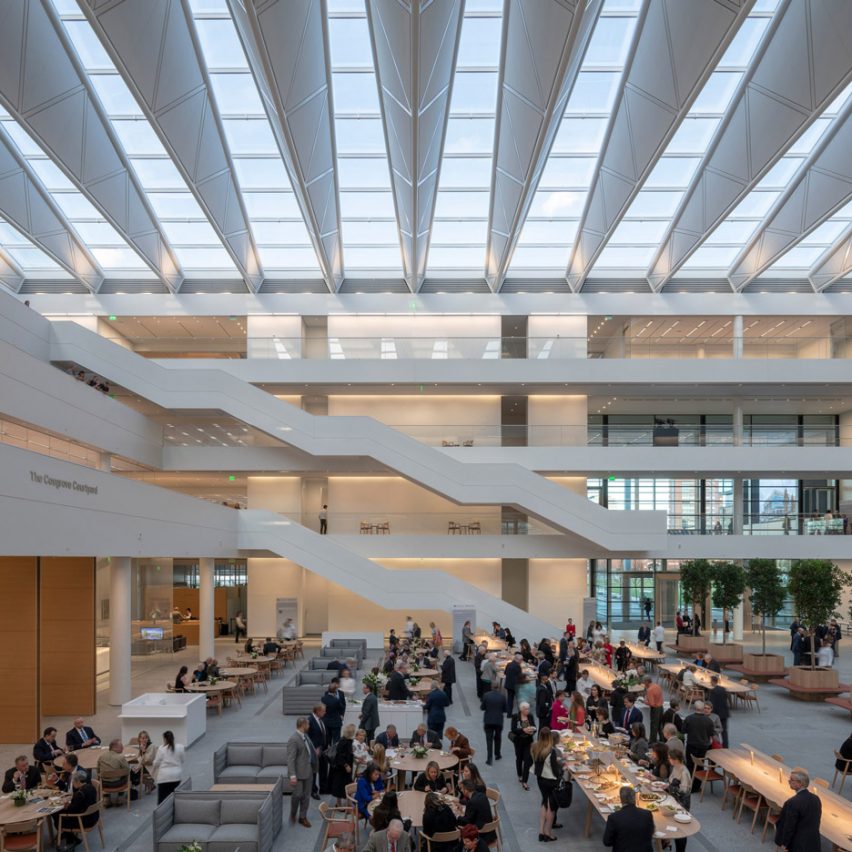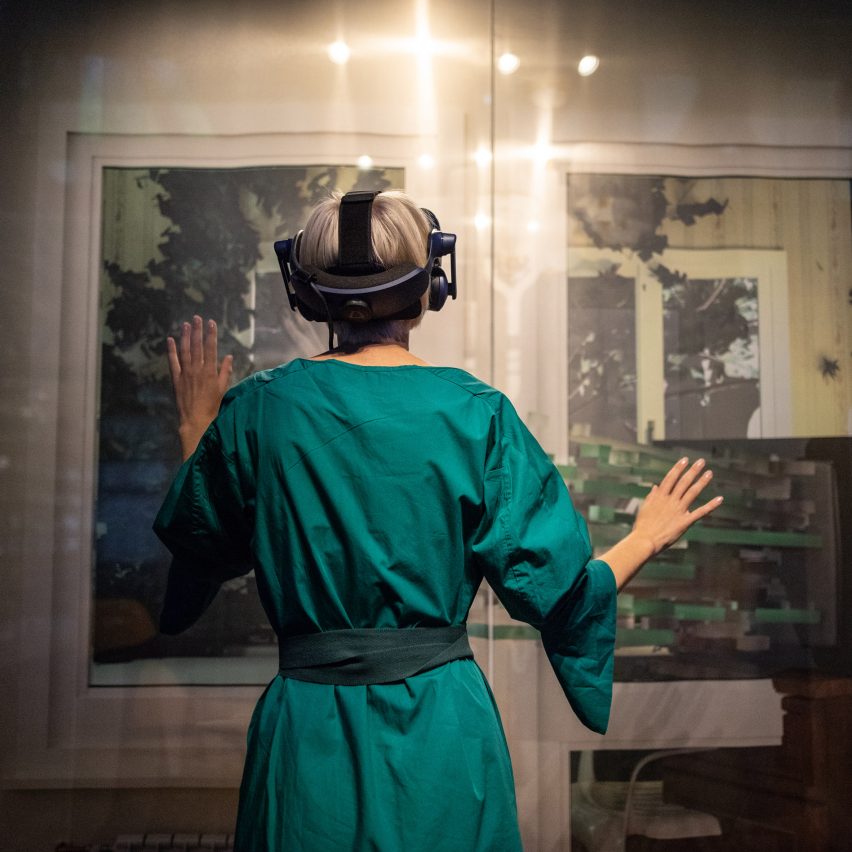
This movie by Space Popular explores how virtual reality could become as widespread as the video call, allowing our homes to digitally merge with those of our loved ones.
Zoom meetings and FaceTime calls have become a major form of communication, as people around the world face the realties of life and work in coronavirus shutdown.
Space Popular founders Lara Lesmes and Fredrik Hellberg believe this technology will be superseded by the widespread adoption of VR.
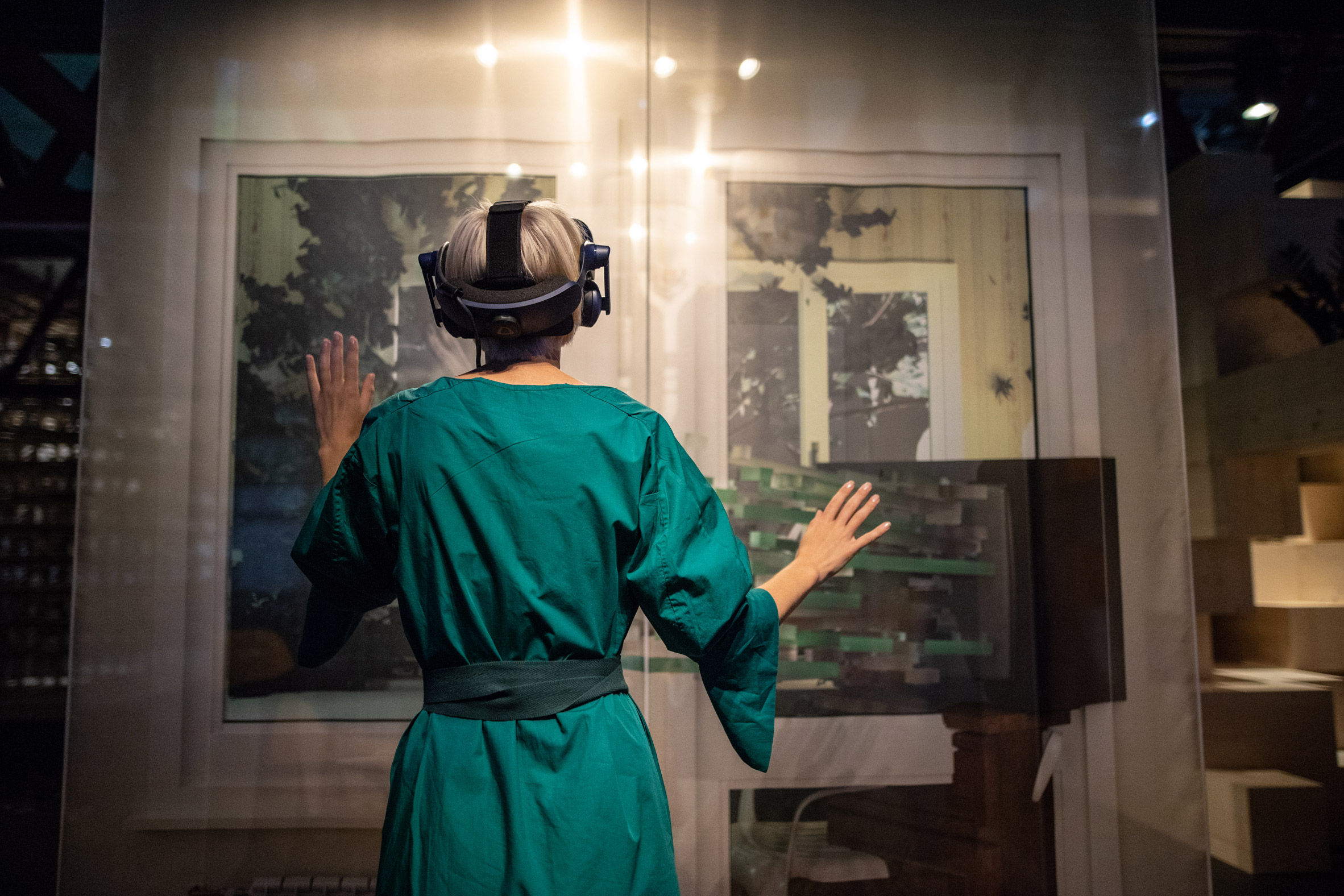
The pair suggest that, as people start to communicate with friends and family in virtual reality, the physical spaces of their homes will overlap, shaping new hybrid spaces for them to inhabit together.
This proposal featured in The Venn Room, a virtual-reality installation that the two architectural designers created for the Tallinn Architecture Biennale in 2019.
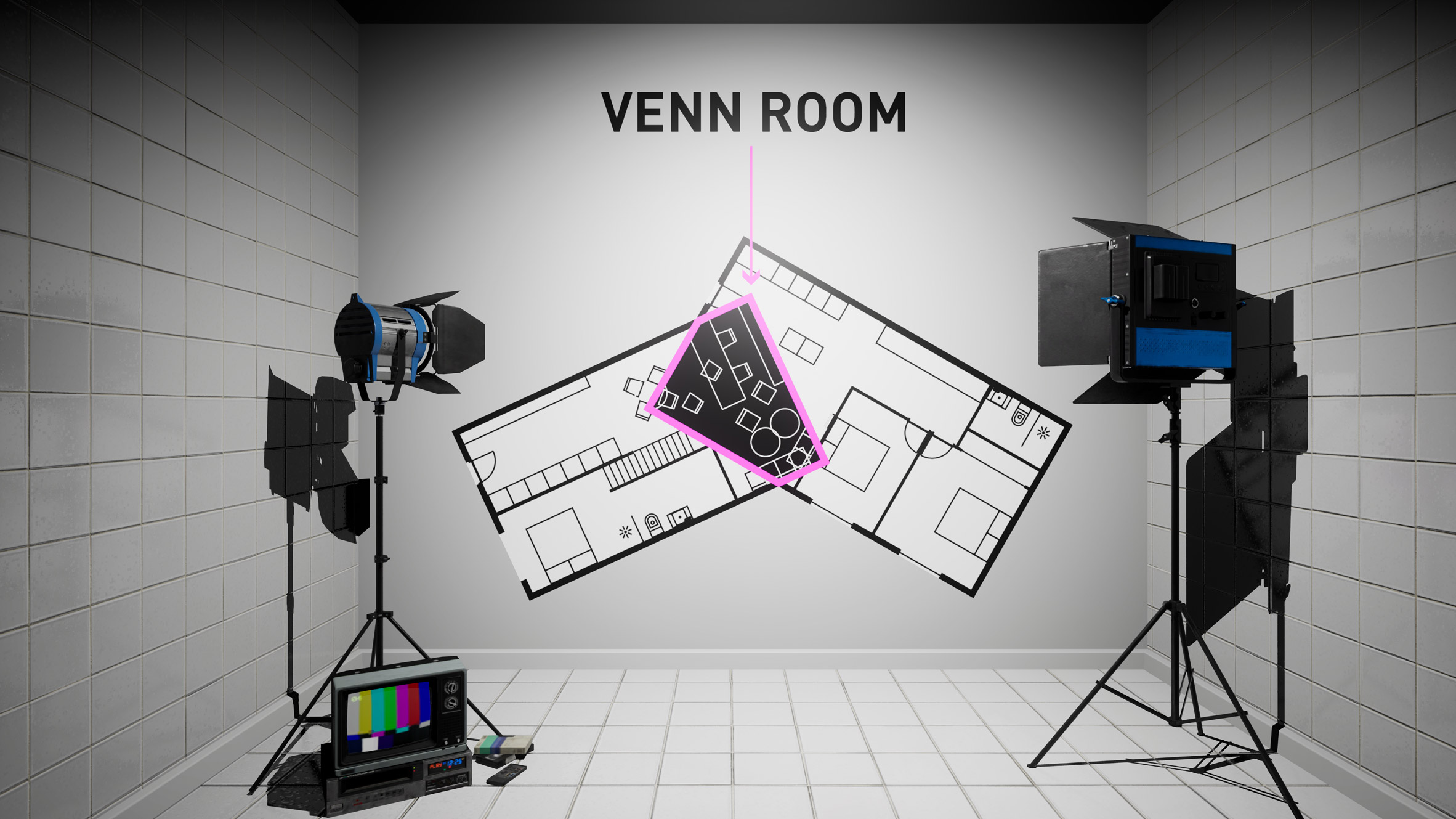
The VR movie that featured in this installation was never intended to be seen outside of the installation.
But in light of the pandemic, Lesmes and Hellberg have produced a 2D version of it, which is making its premiere here on Dezeen.
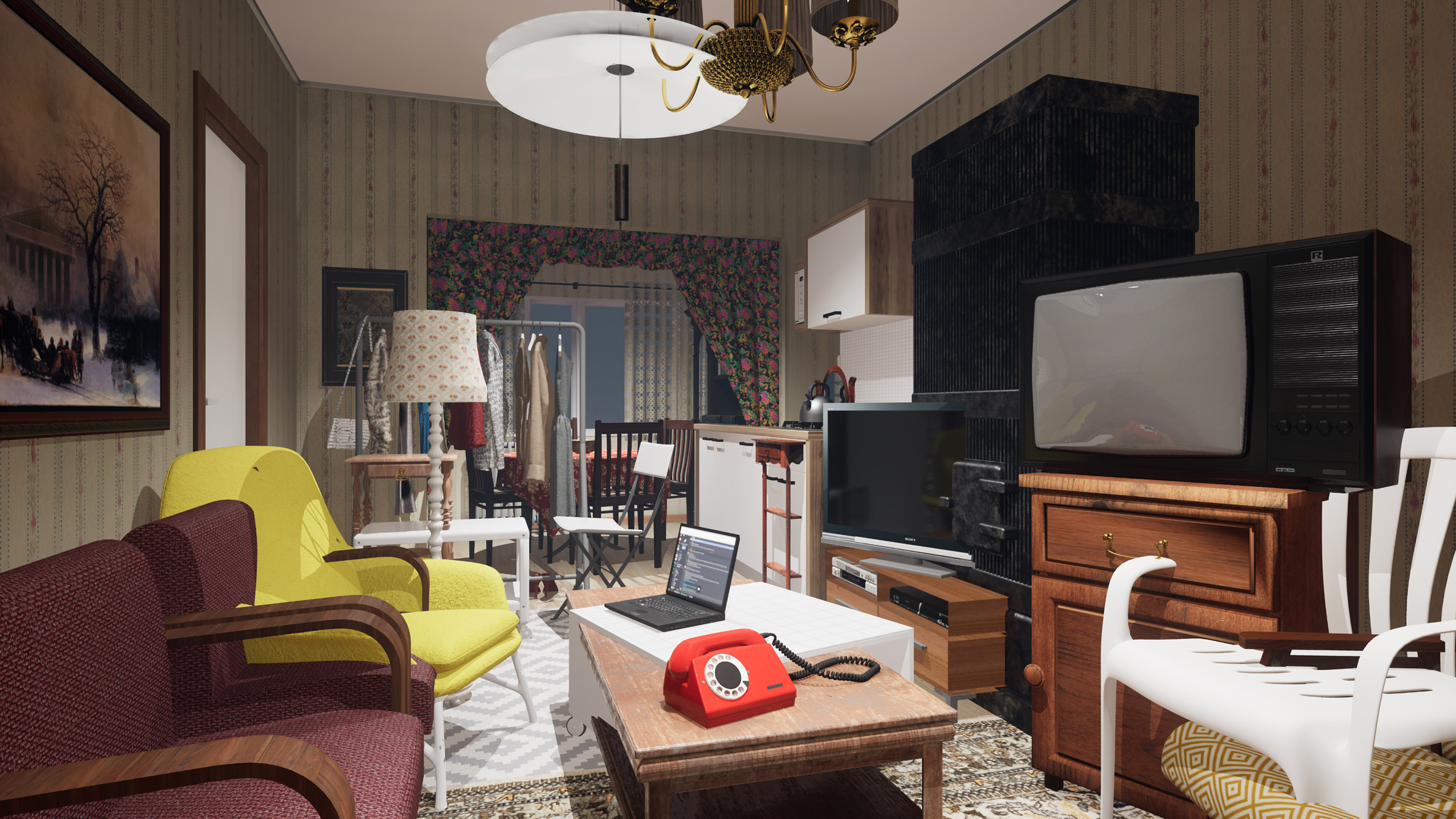
"The Covid-19 pandemic is the first major health crisis humans have experienced where live communication is possible," they told Dezeen. "The fact that we can see and hear bits of each other makes isolation perhaps a bit more bearable."
"This current situation, in all its awfulness, might serve as a moment to reconsider and experiment with the place that technology takes in our lives, opening our eyes to the threats it poses but also the opportunities it offers," they said.
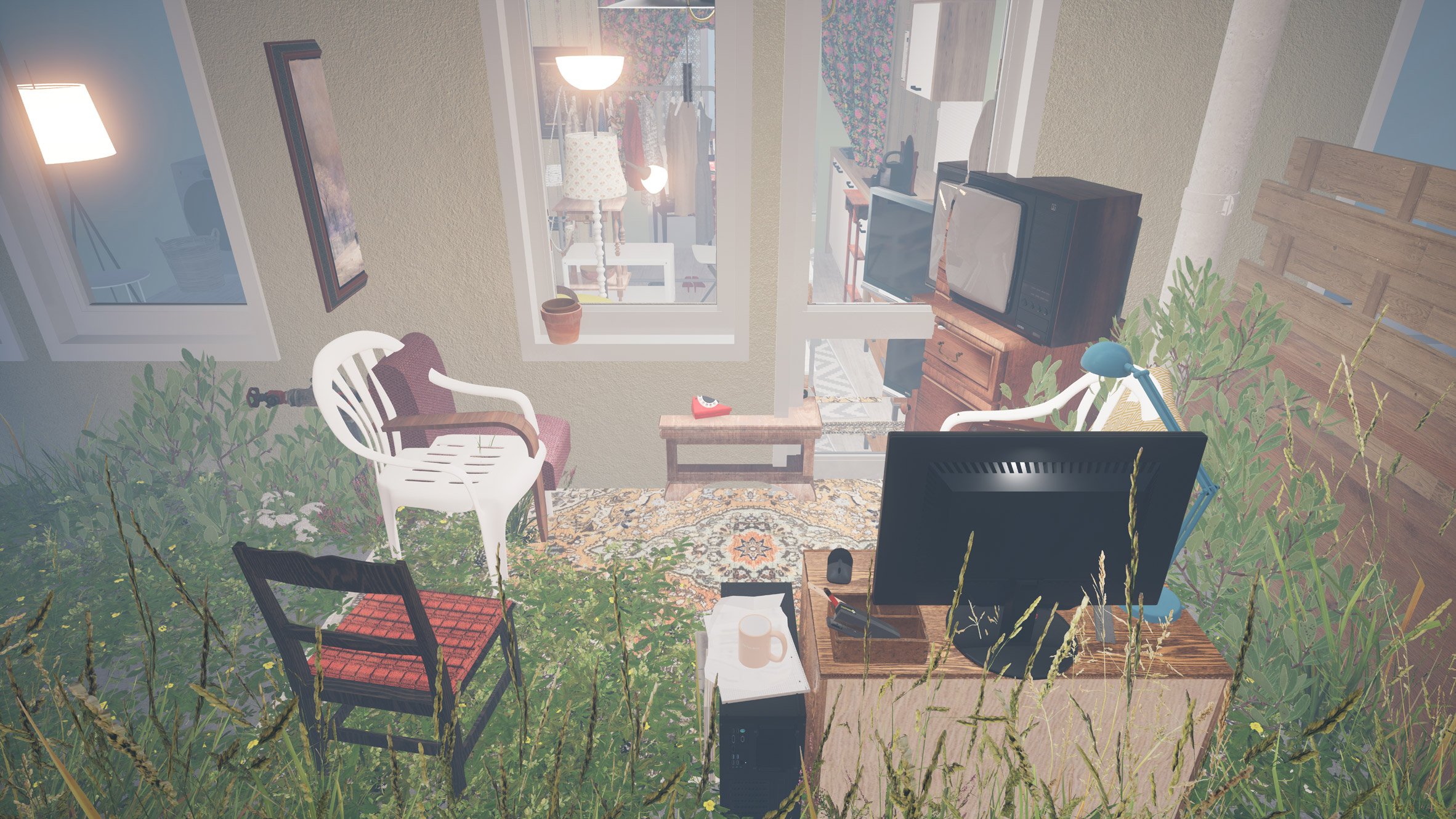
The film looks at what happens when two people wearing VR headsets occupy the same virtual space, but are located in different physical spaces.
When they come together, the physical spaces of their homes are inadvertently combined, just like a Venn diagram. The size, shape and layout of these spaces dictates where people can sit or stand. If two people want to sit together, for instance, they have to move physical furniture to align.
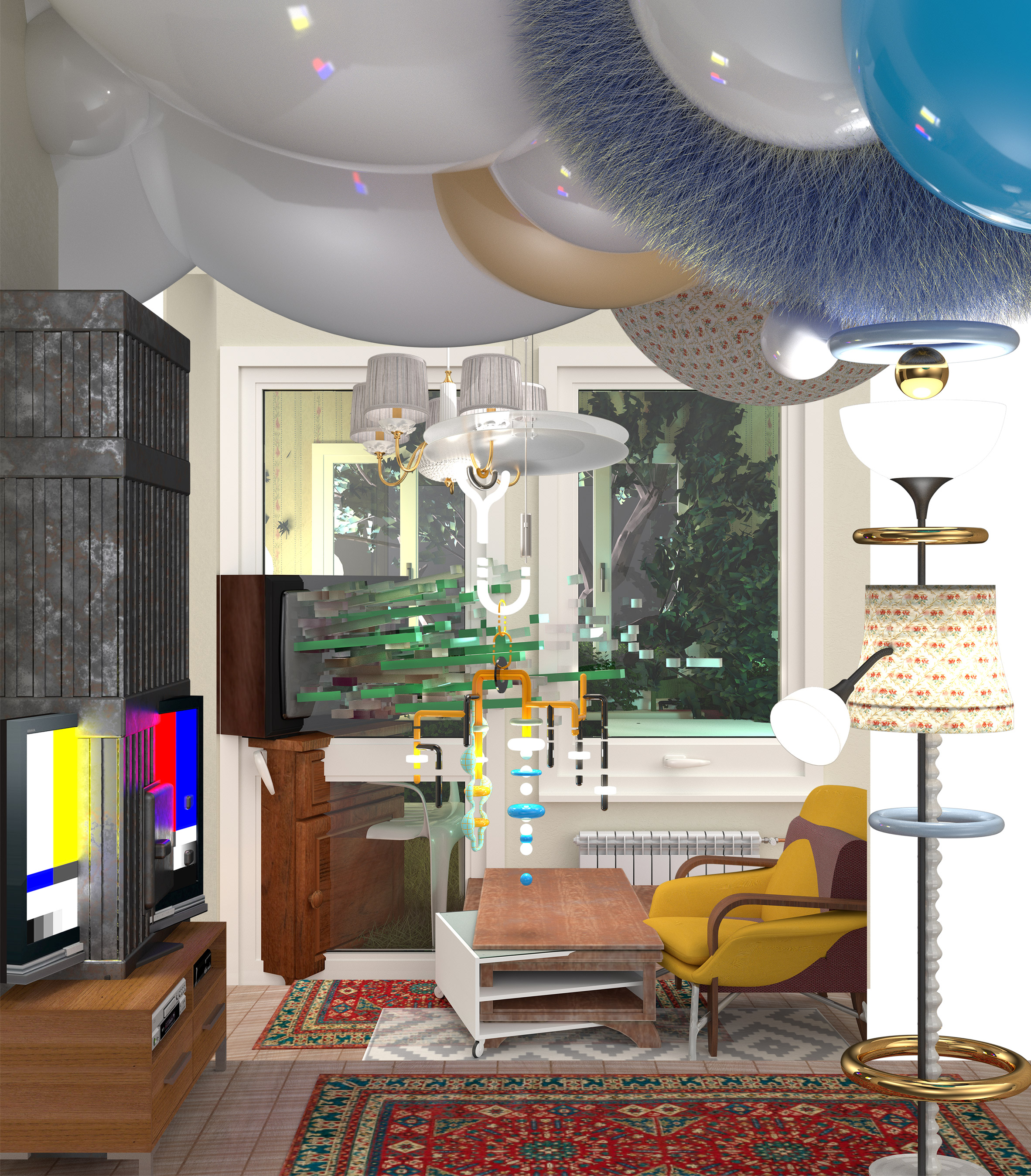
This creates opportunities for people to actively and collectively create shared environments, as a form of augmented reality. It could lead to all kinds of new virtual spaces, for both work and play.
"As long as you choose to access virtual worlds from within the safety of your privately owned property, your physical home will inevitably become the skeleton upon which these worlds are built," said Lesmes and Hellberg.
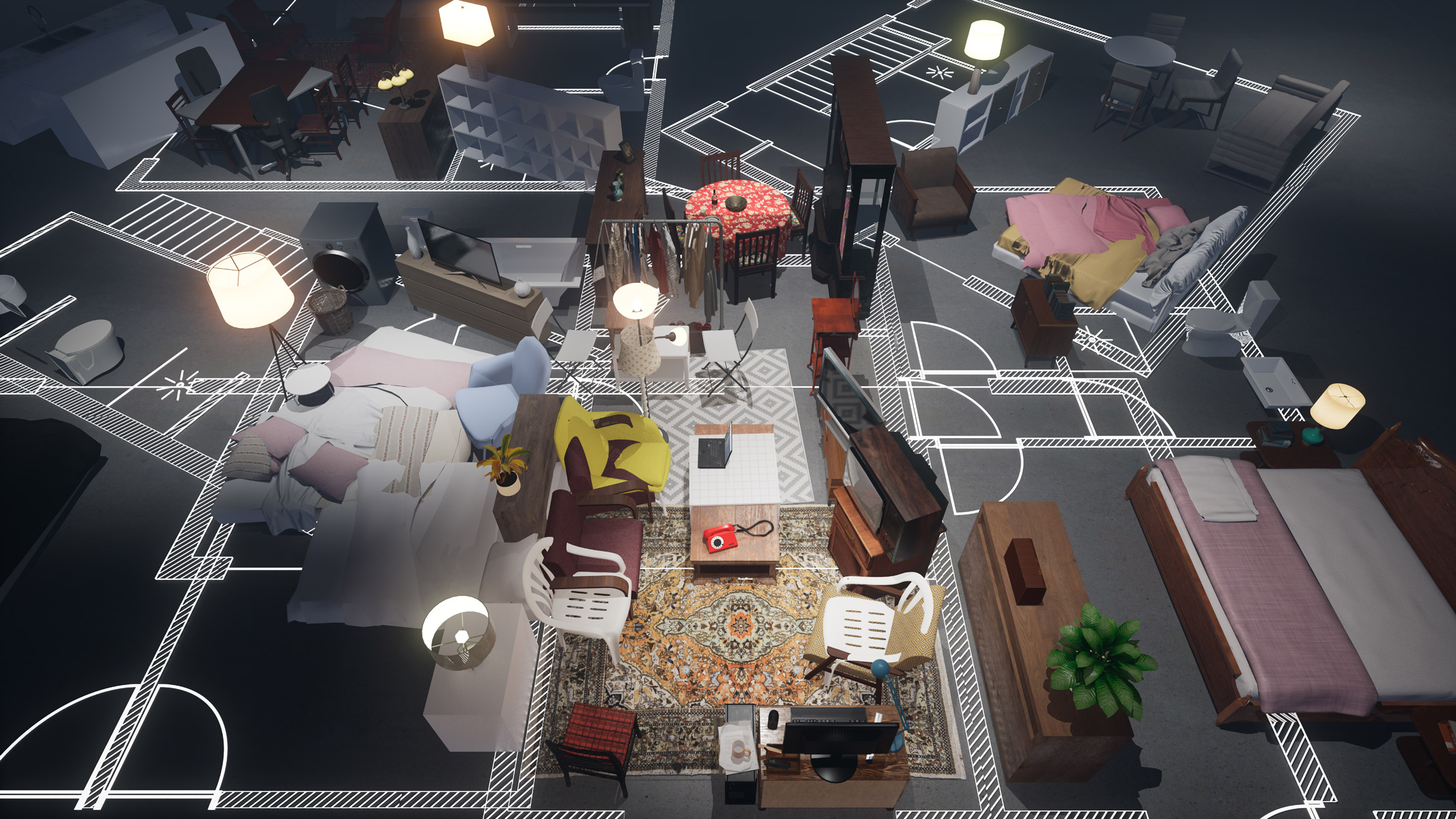
The Venn Room is one of several VR experiences that Space Popular has designed. The London-based studio is particularly interested in the impact this technology will have on architecture in the future.
With many people stuck at home, Lesmes and Hellberg hope this film will show them how virtual reality can offer greater possibilities for togetherness, while also giving people a renewed interest in their immediate surroundings.
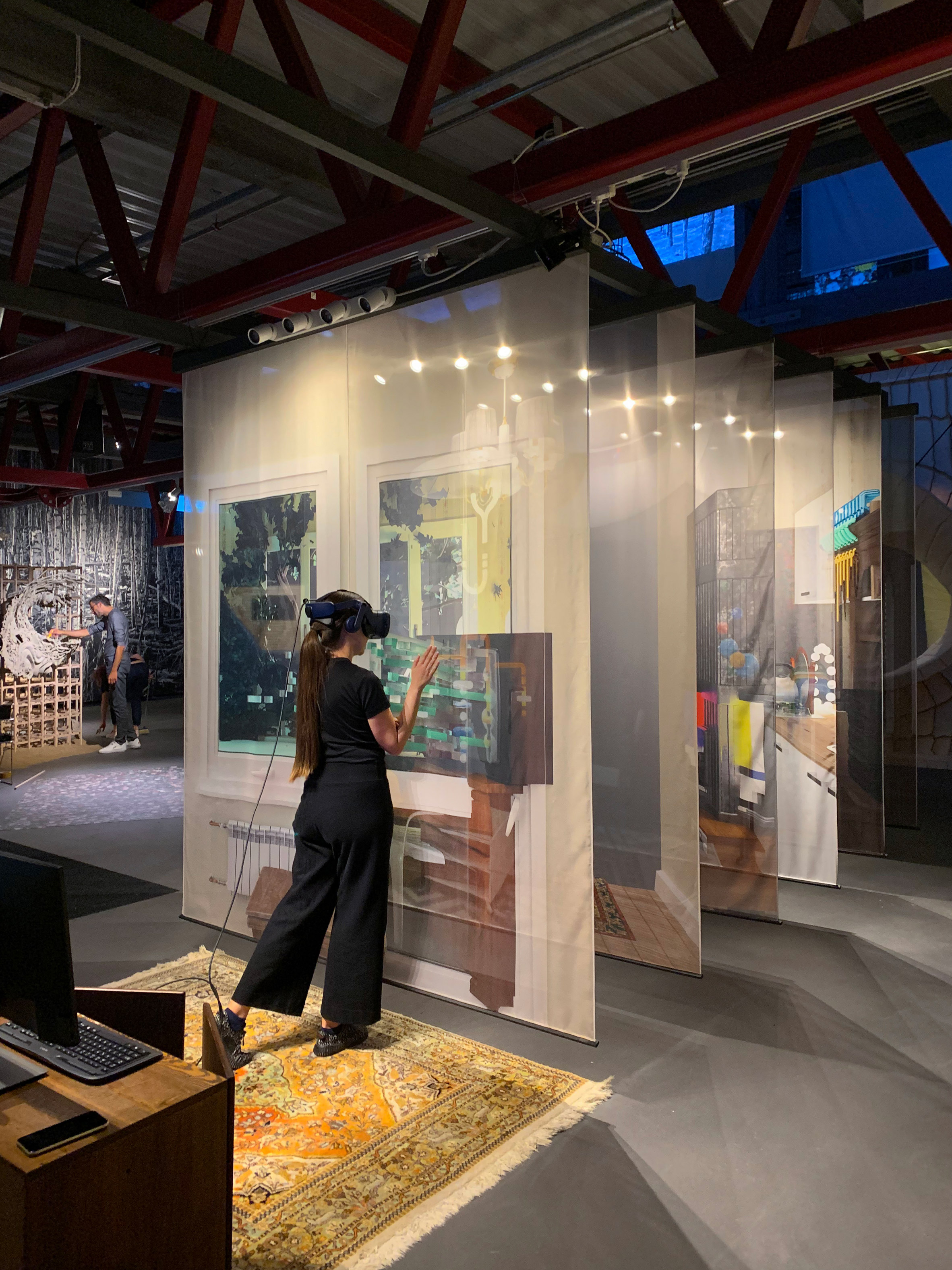
"Virtual togetherness and remote communication is an ongoing project which is both technological and cultural," they added.
"It has only been 150 years since the telephone was invented and, since then, we have never stopped our efforts to transfer as much of us as possible and with ever greater fidelity at every step."
"We have the chance to choose how to use and manage that technology and how to make it part of our lives."
Space Popular is a design studio founded by Lesmes and Hellberg in in 2013 in Bangkok, where for five years they taught architecture. Other recently completed projects by the firm include Brick Vault House in Valencia, a video installation at the gate of a historic palace in Seoul, and an installation that charts the past 500 years of architectural history at RIBA.
The post Swapping video calls for VR will change our homes forever says Space Popular appeared first on Dezeen.
from Dezeen https://ift.tt/3cynIgo
